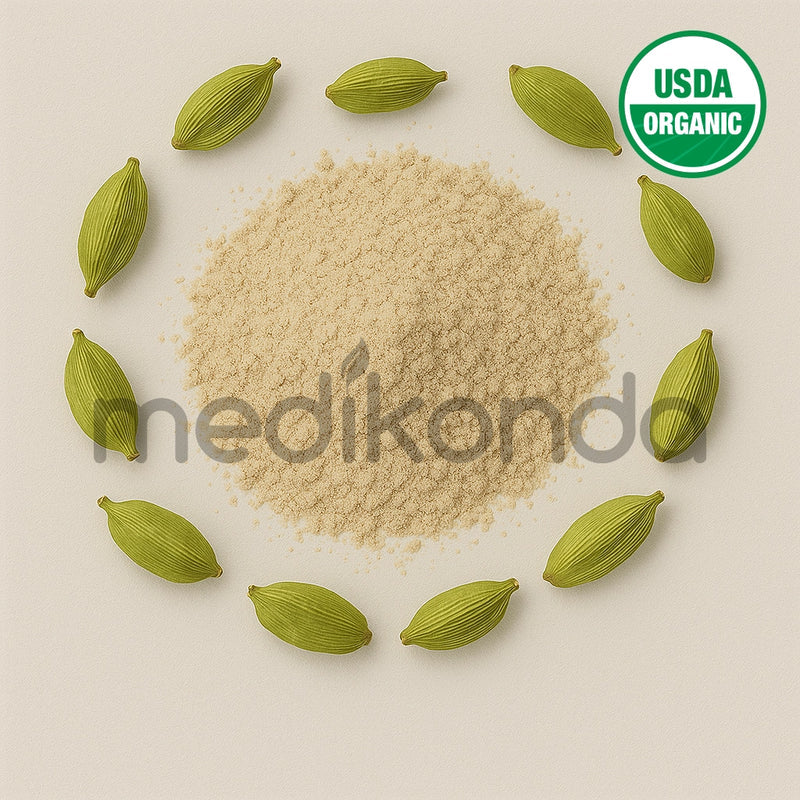Add description, images, menus and links to your mega menu
A column with no settings can be used as a spacer
Link to your collections, sales and even external links
Add up to five columns
Add description, images, menus and links to your mega menu
A column with no settings can be used as a spacer
Link to your collections, sales and even external links
Add up to five columns
LOOKING FOR BULK INGREDIENTS PRICING?
GET INSTANT QUOTEwhat ingredient are you looking for?

Benefits of Invertase - Wholesale B2B Bulk Suppliers in Australia and New Zealand
Invertase: The Natural Enzyme Behind Sweet Transformations
What is Invertase?
Invertase, also known as β-fructofuranosidase, is a natural enzyme that catalyzes the hydrolysis of sucrose (table sugar) into glucose and fructose, a combination known as invert sugar. This enzyme is produced by organisms such as yeast (Saccharomyces cerevisiae), certain fungi, and some bacteria, and is widely used in the food, pharmaceutical, and nutraceutical industries.
Invert sugar is sweeter and more soluble than sucrose, making invertase an essential tool in sweetener production, confectionery, and fermentation-based processes.
How Does Invertase Work?
Invertase breaks the glycosidic bond in sucrose by adding a molecule of water (hydrolysis), resulting in an equal mix of:
-
Glucose – quick energy source
-
Fructose – naturally sweeter than sucrose
This process not only enhances sweetness but also helps to retain moisture and improve texture in various food products.
Key Applications of Invertase
1. Confectionery Industry
Invertase is commonly used in:
-
Soft-centered chocolates (e.g., cherry cordials, crème-filled candies)
-
Fondant fillings
-
Caramel and chewy candies
By converting sucrose into invert sugar inside the candy, it maintains a smooth, moist texture and prevents crystallization.
2. Baking and Pastry
Invertase helps in:
-
Moisture retention in baked goods
-
Enhancing shelf life
-
Reducing sugar crystallization in icings and frostings
3. Beverage Industry
Used in soft drinks, syrups, and alcoholic beverages, invert sugar improves:
-
Flavor balance
-
Sweetness intensity
-
Fermentation efficiency in brewing and winemaking
4. Pharmaceuticals and Supplements
Invertase is added to:
-
Oral syrups for better palatability
-
Digestive enzyme blends to aid in sugar breakdown
-
Lozenges and chewable tablets for improved taste and bioavailability
5. Biotechnology and Research
Invertase is also used in:
-
Biosensors
-
Molecular biology for detecting and measuring sucrose content
Health and Nutritional Insights
-
Invertase itself is not a sweetener, but it facilitates the production of sweet, digestible sugars.
-
It is included in some digestive enzyme supplements to aid those with sugar digestion issues.
-
Invert sugar, being pre-digested, is sometimes easier for people with sucrose intolerance to tolerate.
Natural and Commercial Sources
-
Natural sources: Yeast, honey, fruits
-
Commercial production: Fermentation using yeast or microbial cultures, followed by purification
Is Invertase Safe?
Yes, invertase is Generally Recognized as Safe (GRAS) by regulatory authorities such as the FDA when used in food and supplements. It is:
-
Non-toxic
-
Non-allergenic
-
Vegan-friendly when derived from microbial or fungal sources
Final Thoughts
Invertase is an unsung hero in both kitchens and laboratories. From giving chocolates their luscious soft centers to making beverages smoother and baked goods moister, this enzyme plays a crucial role in the transformation of sucrose into sweeter, more functional sugars. Its natural origins, safety profile, and versatility make it a valuable tool in modern food science, nutrition, and biotechnology.
For bulk orders and inquiries, visit Medikonda Nutrients - Invertase
Medikonda Nutrients is the Largest Manufacturer, B2B Bulk Wholesale Supplier of Invertase in Australia and New Zealand.
Also in Medikonda: Health & Wellness
SUBSCRIBE NOW ...
Don't miss to get latest updates on sales, new releases and promotions




